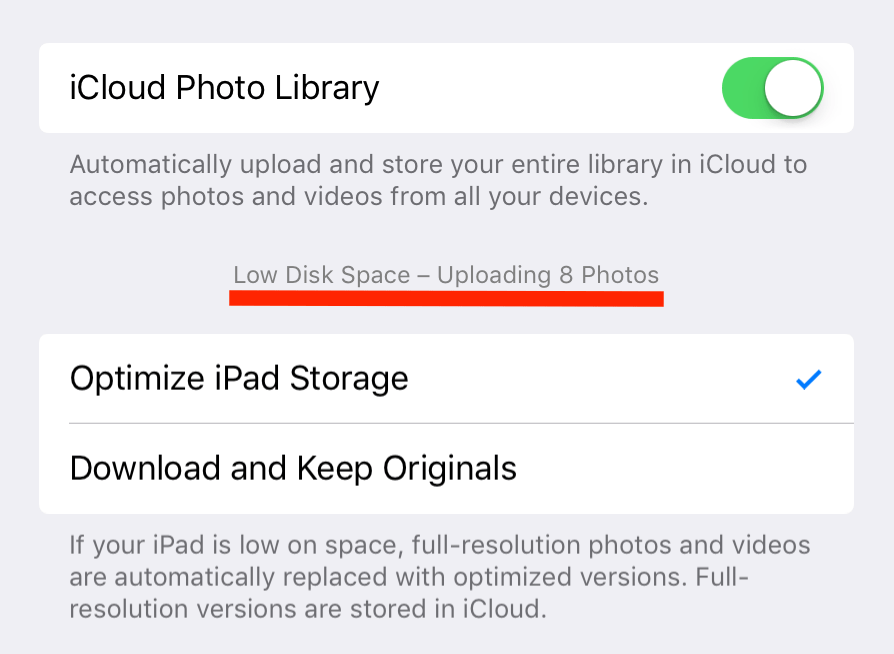Mac Osx Ld_library_path
- Mac Os X Ld_library_path 2
- Mac Os X 10.11 Download Free
- Osx Ld_library_path
- Mac Os X Ld_library_path Update
Hi, I am using g 3.3 on os X 10.3.9. I have created my own library using ar ruv.o files After this I try to compile a test program using. Aug 21, 2005 Problems With Dyld: Ldlibrarypath. Thread starter abhatia. It seems that LDLIBRARYPATH is not set, and moreover I am not even sure if it is used on darwin? On posting to a newsgroup, I was told that I need DYLDLIBRARYPATH instead. DYLDLIBRARYPATH is used on Mac OS X instead of LDLIBRARYPATH (on Linux, IRIX etc.).
MAC OSX Installer Bundle (Yosemite or Higher) The Mac version is a dmg file that once it is double clicked will mount as a drive exposing the WASP Bundle. You can drag and drop the bundle anywhere on your system, The typical location is in the Application Folder. (MAC OS X) How to Load a Java Native/Shared Library (.jnilib) There are several ways to make it possible for the Java runtime to find and load a native shared library (.jnilib) at runtime. I will list them briefly here, followed by examples with more explanation below. Call System.load to load the.jnilib from an explicitly specified absolute path. In shell scripts used for unit testing with dynamic libraries in a directory other than the typical @rpath, I have previously been able to set DYLDFALLBACKLIBRARYPATH to set the directory containing the libraries. Under 10.11.1, bash seems to ignore attempts to set this environment variable.
There are actually two ways you can do it, with the Photos app or in your browser via iCloud.com Access iCloud photos in the Photos appAs long as both your Mac and your iPhone are signed in to the same iCloud account, then similarly to the Photos app on your iPhone, you’ll be able to view your iCloud pictures from the Photos app on your Mac. 
(MAC OS X)
How to Load a Java Native/Shared Library (.jnilib)
There are several ways to make it possible for the Java runtime to find and load a native shared library (.jnilib) at runtime. I will list them briefly here, followed by examples with more explanation below.
- Call System.load to load the .jnilib from an explicitly specified absolute path.
- Copy the shared library to one of the paths already listed in java.library.path
- Modify the LD_LIBRARY_PATH environment variable to include the directory where the shared library is located.
- Specify the java.library.path on the command line by using the -D option.
- Put the .jnilib in /Library/Java/Extensions/.
1. Call System.load to load the shared library from an explicitly specified absolute path.
This choice removes all uncertainty, but embeds a hard-coded path within your Java application. Example:
2. Copy the shared library to one of the paths already listed in java.library.path
To view the paths listed in java.library.path, run this Java code:
Mac Os X Ld_library_path 2
Note: The java.library.path is initialized from the LD_LIBRARY_PATH environment variable.
The loadLibrary method may be used when the directory containing the shared library is in java.library.path. To load 'libchilkat.jnilib', call System.loadLibrary('chilkat'), as shown below.
Mac Os X 10.11 Download Free
3. Modify the LD_LIBRARY_PATH environment variable to include the path where the Chilkat shared library is located.
Osx Ld_library_path
For Bourne Shell, K Shell or Bash, type:
For C Shell, type:
Deleting library files mac. Jan 12, 2020 How to Make the Library Visible Permanently. Launch Terminal, located in /Applications/Utilities. Enter the following command at the Terminal prompt: Press Return. Once the command executes, you can quit Terminal. The Library folder will now be visible in the Finder. Should you ever wish to set.
4. Specify the java.library.path on the command line by using the -D option.

For example:
Additional Notes:
Mac Os X Ld_library_path Update
From developer.apple.com: 'JNI libraries are named with the library name used in the System.loadLibrary() method of your Java code, prefixed by lib and suffixed with .jnilib. For example, System.loadLibrary('hello') loads the library named libhello.jnilib. Java HotSpot also recognizes .dylib as a valid JNI library format as of Mac OS X v10.5.'